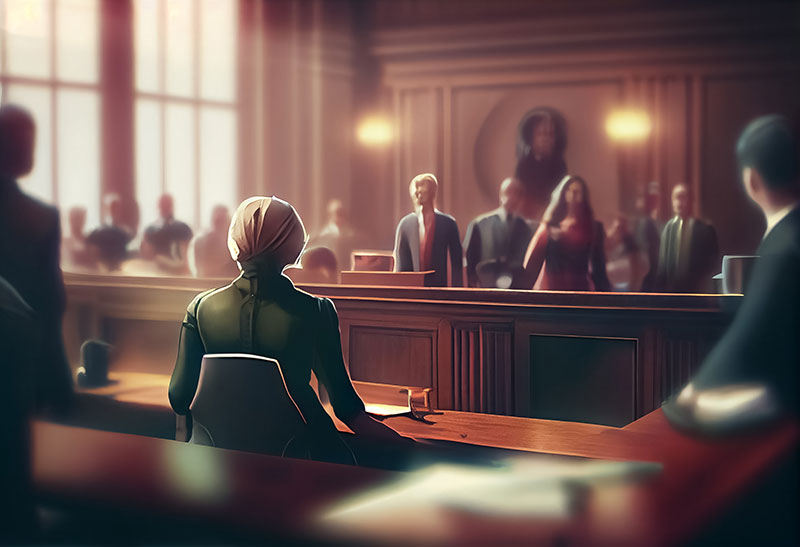Courtroom Illustration in Modern Legal Practice
Courtroom Illustration in Modern Legal Practice
Blog Article

In today's legal world, visual clarity plays a crucial role. Legal teams increasingly use illustration to explain events, scenes, and processes. LawFX specializes in producing precise, strategic visuals for trial and pre-trial support.
Understanding Courtroom Visuals
Unlike media sketches, these visuals aim to explain—not just depict—key scenes or events from a case. From car wrecks to faulty product usage, illustrations offer clarity for non-expert audiences. Every image they produce is both court-admissible and strategically impactful.
Visual Strategy by LawFX
LawFX works hand-in-hand with attorneys to create visuals tailored to the case. Whether for trial, mediation, or depositions, their visuals enhance legal messaging across the board.
Why Use Courtroom Illustrations?
In court, time is short and information is dense. An effective illustration can support or even replace lengthy explanations. This improves juror retention and creates stronger emotional impact during trial.
Courtroom Illustration and Legal Graphics—What’s the Difference?
Trial graphics often include text, timelines, or bullet-point summaries. LawFX often combines both to deliver a unified, persuasive presentation strategy.
Attorneys and Professionals Who Benefit from Trial Illustration
Litigation consultants recommend illustrations to anchor complex arguments. LawFX also serves mediators and arbitration teams seeking visual clarity during settlement talks.
Legal Fields That Gain from Visual Aids
Injury claims, defective products, surgical error cases, and construction failures all benefit from visuals. Medical cases especially require diagrams of anatomy, procedures, or diagnostic errors.
How Legal Visuals Are Created
Next, they collect evidence, photos, expert reports, and medical records. Drafts are created legal graphics for personal injury cases and reviewed with the legal team for accuracy. This collaborative method ensures that every visual is effective, precise, and courtroom-approved.
Improving Jury Comprehension with Art
Illustrations bridge the knowledge gap and reduce confusion. This translates into better-informed deliberations and stronger cases overall.
Admissibility of Legal Visuals
They collaborate with experts to confirm that each illustration reflects actual evidence. Avoiding exaggeration or misleading design ensures their work withstands scrutiny and contributes to trial success.
Visual Aids for Negotiation
They show the strength of a case in ways that copyright cannot. LawFX illustrations make it easier for both sides to understand what’s at stake.
Common Questions About Legal Illustration
What visuals do you create? Courtroom illustrations, trial graphics, 3D models, and digital presentations.
Are they admissible? Yes—they meet evidentiary standards and are reviewed with experts.
What’s the difference between illustrations and trial graphics? Graphics show data; illustrations show events or scenes.
Where can they be used? In court, settlement, depositions, and mediation.
How long does it take? Simple visuals take days, complex ones may take 1–2 weeks.
Final Thoughts
They’re no longer optional—they’re essential. For persuasive, professional visuals that tell your story—LawFX delivers.
Report this page